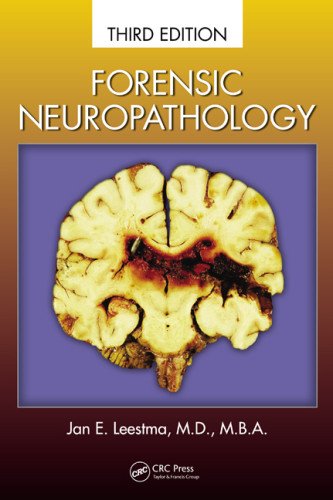

Most ebook files are in PDF format, so you can easily read them using various software such as Foxit Reader or directly on the Google Chrome browser.
Some ebook files are released by publishers in other formats such as .awz, .mobi, .epub, .fb2, etc. You may need to install specific software to read these formats on mobile/PC, such as Calibre.
Please read the tutorial at this link: https://ebookbell.com/faq
We offer FREE conversion to the popular formats you request; however, this may take some time. Therefore, right after payment, please email us, and we will try to provide the service as quickly as possible.
For some exceptional file formats or broken links (if any), please refrain from opening any disputes. Instead, email us first, and we will try to assist within a maximum of 6 hours.
EbookBell Team

0.0
0 reviewsThe field of forensic neuropathology covers such controversial topics as the effects of repeated brain trauma in football players and how babies probably cannot die from being shaken. Jan Leestma is one of the most respected voices in this area. A timely update to his classic reference, Forensic Neuropathology: Third Edition presents an encyclopedic exposition of neuropathological conditions that may have forensic import.
Reflecting the latest research, this edition includes expanded sections on multiple trauma, one punch/one hit arterial injuries, and the physiology of respiratory control. It presents new perspectives and rules regarding expert testimony and evidence admissibility occasioned by Daubert and related Supreme Court cases. The book explores how these rulings affect forensic pathologists, neuropathologists, and other potential experts as well as how they interact with the legal system.
Several chapters examine the mechanisms and pathophysiology of neuropathological conditions and discuss the biomechanical basis for neurological injury. Where possible, aging and dating methodology is included for various processes. More than 325 updated full-color illustrations complement the text along with diagrams, tables, and figures that illustrate the textual material and can be useful as exhibits in court. An extensive bibliography provides background information and facilitates further research.